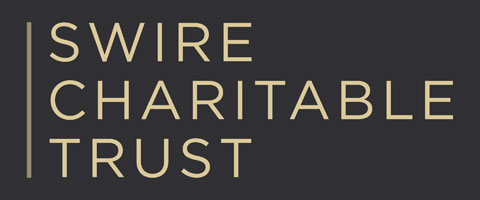A ‘skep’ is a basket. Consider the second syllable of the word ‘basket’ – a ‘bee-skep’ is a basket for bees, from the Anglo Saxon ‘Skeppa’ and ‘Sciob’ in Irish. Bee skeps can be split into two categories:
- Wicker skeps also known as an ‘alveary’ – possibly the preferred way of crafting bee-skeps before the Anglo-Saxon era.
- Lip-work skeps made of straw – possibly the preferred way of crafting a bee-skep after the Anglo-Saxon era (but there are photos of wicker skeps being used for beekeeping in Herefordshire as late as 1880).
There is no evidence for beekeeping until the Roman Era, and nothing in the archaeological record has been interpreted as a skep until much later. However, it’s possible that we were have been keeping bees in skeps since the Bronze Age, possibly the late Neolithic era.
Skep beekeeping waned in the UK after WW1, when a government restocking scheme only gave a subsidy for bees in boxes, not skeps. Skep still continued to be made for swarm collection – walls got thinner, capacity and shapes changed and continue to change to this day. Some have handles, some have doors, some have wooden rims etc.






